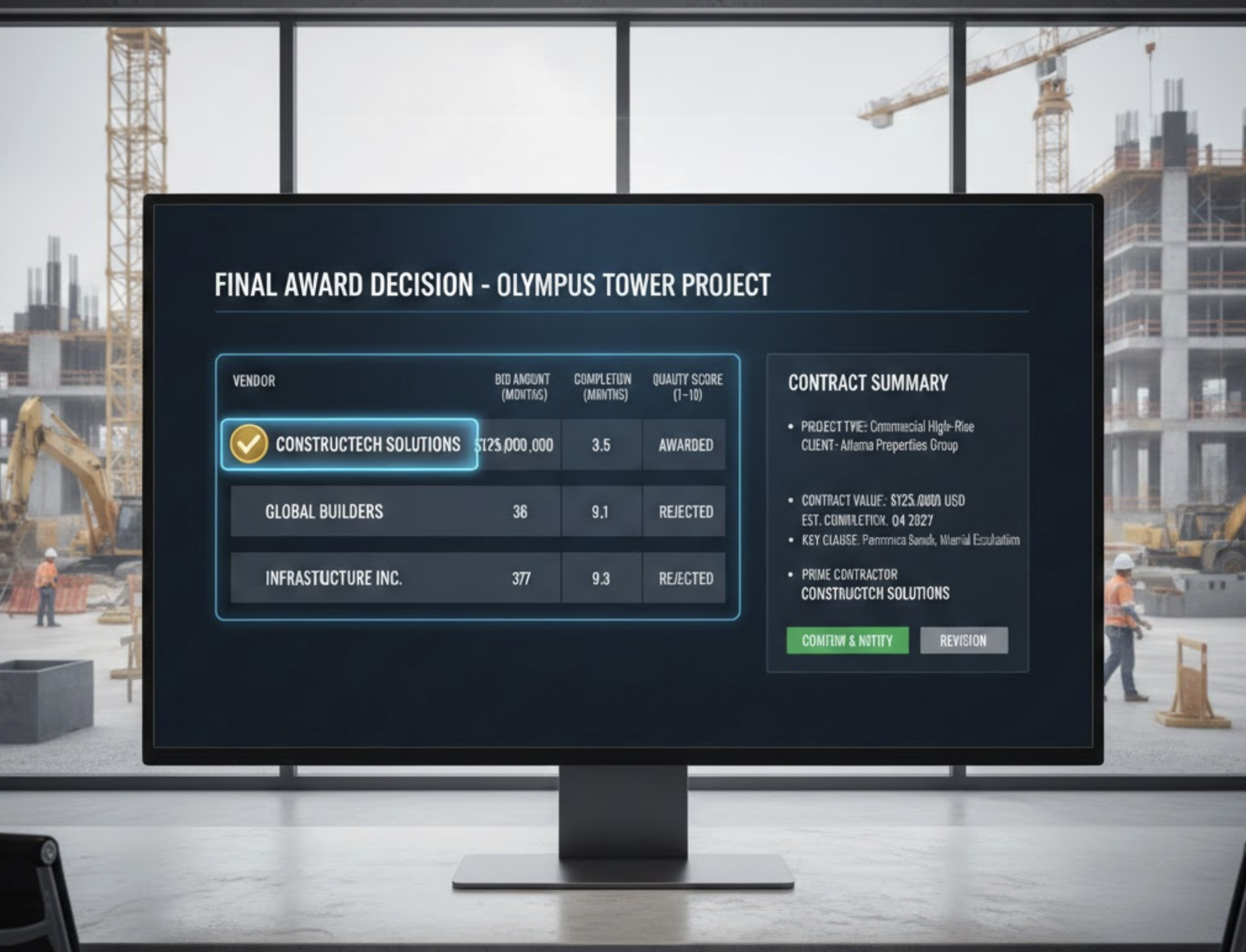Construction Has Started, But the Contract Isn’t Signed: What Now?
Starting construction without a signed contract may seem like a common practice in the fast-paced world of construction. However, this approach poses serious risks that can lead to legal disputes, financial liabilities, and misalignment among project stakeholders. Understanding the implications of beginning construction without formalizing agreements is crucial for effective risk management and project success.
Understanding the Implications of Starting Construction Without a Signed Contract
In the construction industry, it is essential to recognize that contracts can be enforceable even without formal signatures. This is based on the principle of mutual assent. When both parties commence work on a project, they may implicitly accept the terms specified in the agreement, establishing binding obligations. Nonetheless, neglecting to secure a signed contract can introduce significant challenges.
Risks of Proceeding Without a Signed Contract
Unclear Position and Ambiguities
The primary risk of initiating construction without a signed contract lies in ambiguities regarding roles, responsibilities, and project timelines. Without a clear, written agreement, disputes may arise over interpreted obligations, making it difficult to trace back the origin of misunderstandings. Such uncertainties can weaken negotiation power if conflicts emerge, complicating the resolution of issues.
Insurance Issues
Another critical concern is that without a signed contract, establishing adequate insurance infrastructure becomes increasingly challenging. In the event of accidents or unforeseen incidents on-site, parties may find themselves exposed to considerable financial liabilities due to a lack of proper coverage documentation. This vulnerability can jeopardize the entire project.
Disagreements and Disputes
Continuous engagement without clear contractual terms can lead to varying interpretations of responsibilities, ultimately resulting in conflicts. Such disputes may escalate into costly and time-consuming legal battles, which can further disrupt project timelines and outcomes.
Legal and Financial Consequences
Initiating construction work without a signed contract can lead to various legal and financial repercussions:
- Implicit Agreement: When work begins without formal signatures, a party may unwittingly align themselves with terms they have not explicitly agreed to, as their actions can demonstrate mutual assent.
- Litigation Risks: The absence of a complete, signed contract can exacerbate disputes over the quality or scope of work. This situation is exemplified in relevant court cases which demonstrate the complexity surrounding unenforced contracts.
Mitigating Risks with Construction Project Management Software
Adopting advanced construction project management software like Zepth can greatly mitigate the risks associated with commencing construction without a signed contract. Here’s how Zepth can be instrumental in managing these challenges:
- Clear Documentation: Zepth aids in creating and maintaining comprehensive records of project terms, roles, and responsibilities, reducing ambiguity and potential disputes.
- Insurance Management: The platform facilitates efficient management of insurance frameworks, ensuring all necessary coverage is in place before any work begins.
- Real-Time Communication: Zepth enhances communication and collaboration among stakeholders, helping clarify responsibilities and prevent misunderstandings.
- Contract Management: Even if formal contracts are absent, Zepth offers management tools for tracking agreed-upon terms and conditions, ensuring accountability.
Best Practices for Avoiding Risks
To navigate the complexities of starting construction without a signed contract effectively, consider the following best practices:
- Ensure Mutual Understanding: Confirm that all stakeholders have a shared understanding of the project terms, even in the absence of a formal contract.
- Document Everything: Maintain detailed records of all communications, agreements, and actions taken during the project to serve as reference points if disputes arise.
- Review and Update: Regularly assess and update the project plan and its terms to avoid ambiguities and reduce the likelihood of disagreement.
Conclusion
Starting construction without a signed contract might appear to be a practical solution in certain situations, but it carries substantial risks that can jeopardize the integrity and success of a project. Understanding the mounting legal implications and taking proactive measures to manage these risks is vital. By utilizing tools such as Zepth and adhering to best practices, construction projects can be executed more efficiently, significantly lowering the potential for disputes and financial liabilities.




